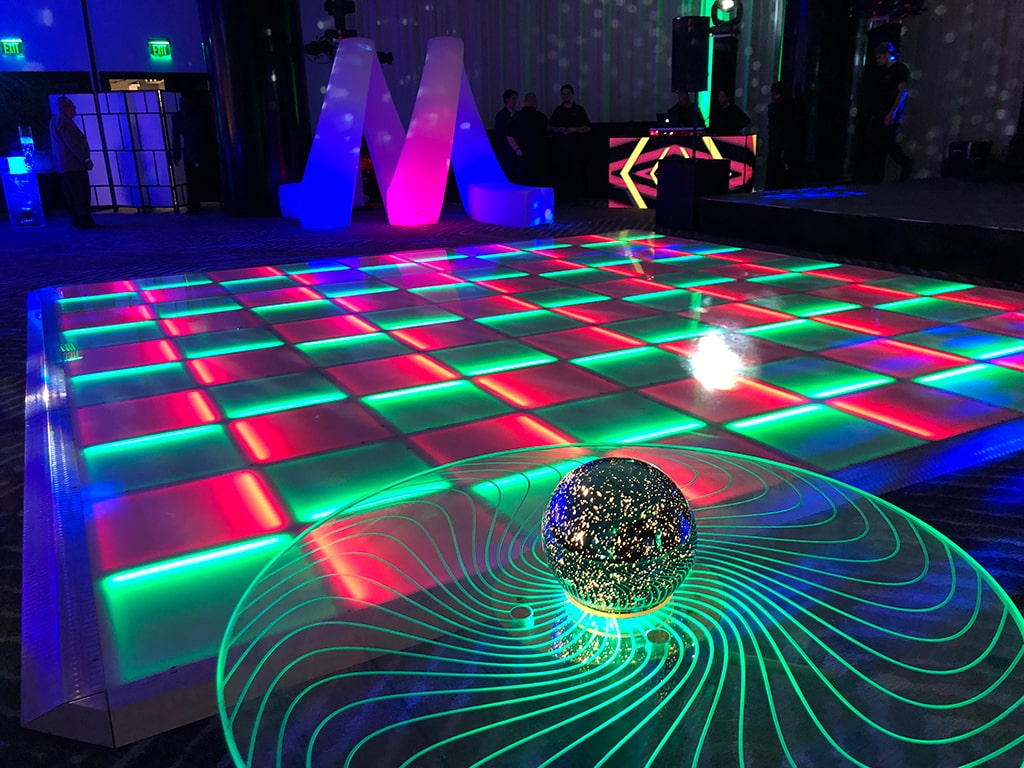A Life-changing Strength for Illumination at Improving Movement Floor Visuals
A Life-changing Strength for Illumination at Improving Movement Floor Visuals
Blog Article
Illumination plays a key role in establishing the atmosphere of a dancing area. It can transform a plain space into an thrilling setting that enhances the complete experience for performers and spectators alike. The appropriate lighting can influence the feeling, dynamism, and even the style of the performance being performed. By using different types of lighting, such as focused lights, colored lights, and flashing lights, event organizers can establish a vibrant setting that enthralls the audience and invites participation.
One of the primary functions of lighting on a dancing area is to highlight the performers. Spotlights can be used to focus attention on solo dancers or teams, making them the focal point of attraction. This method not only showcases their movements but also adds a layer of drama to the performance. When dancers are illuminated effectively, their expressions and techniques become more apparent, allowing the spectators to value their abilities. This targeted lighting can also help to establish a story, leading the spectators through the show.
In furthermore to showcasing performers, colored illumination can significantly impact the mood of the dancing area. Different colors evoke different emotions; for example, warm colors like red and orange can create a sense of excitement and energy, while cooler colors like blue and green can promote tranquility and ease. By thoughtfully using colored illumination, event planners can manipulate the atmosphere to match the theme of the event or the style of the dance. This considerate approach to lighting setup can improve the overall experience for everyone involved.
Strobe lights and other active lighting features can also add thrill to a dancing area. These features can generate go to website a sense of beat and movement that complements the music being played. When timed with the beat, strobe lights can make the dance floor feel alive, encouraging dancers to groove in sync with the pulsing lights. This connection between light and music can elevate the energy of the event, making it more pleasurable for both dancers and audience. The use of such effects requires thoughtful consideration to ensure they improve rather than divert from the performance.
Finally, the complete design of the lighting setup is essential for creating a unified look on the dancing area. A well-thought-out lighting strategy considers the configuration of the space, the type of dance being performed, and the spectators' encounter. By combining different lighting techniques, such as ambient lighting, accent lighting, and unique features, planners can design a visually impressive environment. This attention to detail not only enhances the performance but also creates a memorable impression on the spectators, making the occasion unforgettable. In summary, the transformative power of lighting is vital in improving dancing area appearance, creating an engaging and enjoyable encounter for everyone.